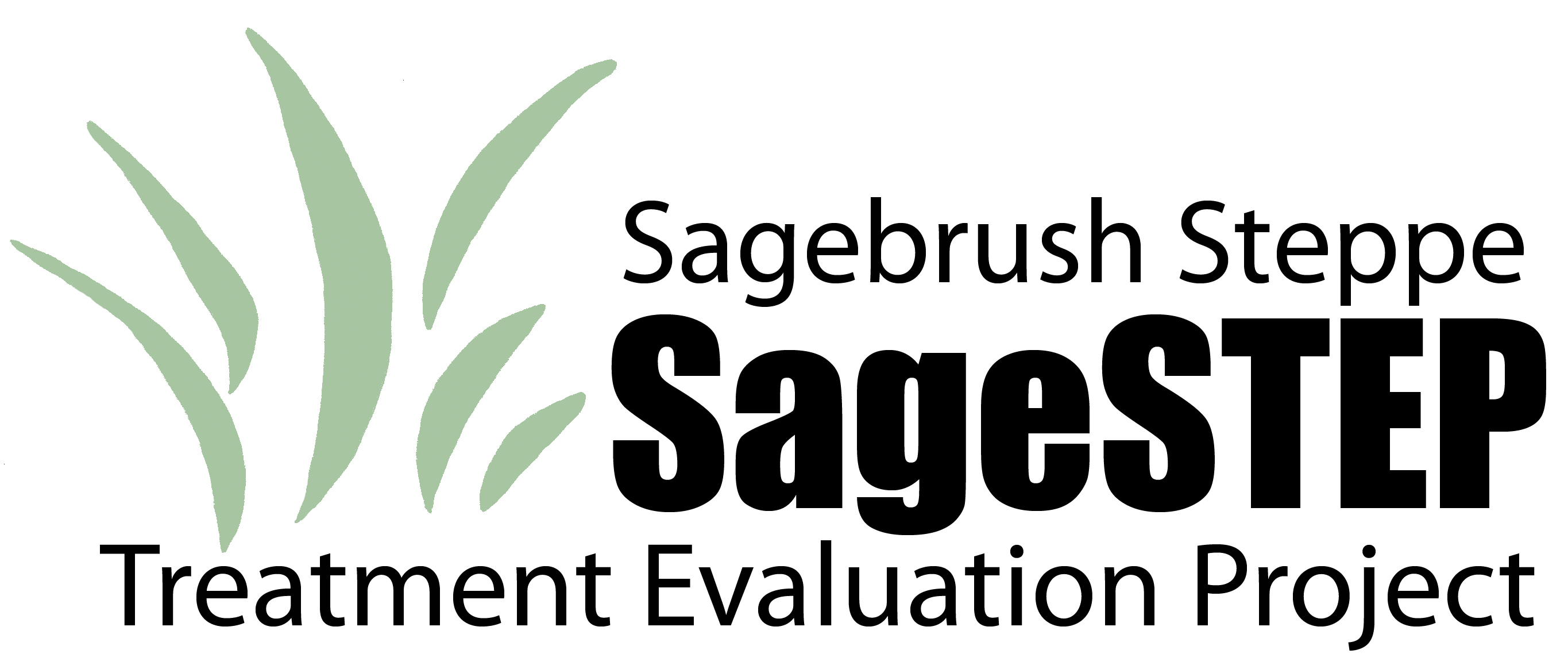Document Type
Article
Journal/Book Title/Conference
Rangeland Ecology & Management
Volume
67
Issue
5
Publisher
Society for Range Management
Publication Date
2-10-2015
First Page
434
Last Page
438
Creative Commons License

This work is licensed under a Creative Commons Attribution-Noncommercial-No Derivative Works 4.0 License.
Abstract
This special issue presents short-term ecological effects of restoration treatments imposed as part of the Sagebrush Steppe Treatment Evaluation Project (SageSTEP), and summarizes public attitude survey results related to restoration efforts. Funded by the US Joint Fire Science Program (JFSP; 2005–2011), the Bureau of Land Management (BLM; 2011 to present), the National Interagency Fire Center (2011 to present), and the US Fish and Wildlife Service (2010), SageSTEP was designed and implemented to provide treatment-related information to managers concerned about the rapidly changing condition of sagebrush steppe ecosystems in the US Interior West (McIver et al. 2010). At lower elevations, cheatgrass has become more dominant at the expense of native perennial bunchgrasses, in some locations shifting fire return intervals from &spigt;50–100 yr to &spilt; 20 yr, and greatly increasing mean fire size (Whisenant 1990; Miller et al. 2011; Balch et al. 2012). At higher elevations, piñon pine and juniper woodlands have expanded and displaced sagebrush and other shrubs, in some places shifting fire return intervals from 10–50 yr to &spigt;&spigt; 50 yr, and significantly increasing mean fire severity (Miller and Heyerdahl 2008).
Recommended Citation
McIver, J., and M. Brunson. 2014. Multidisciplinary, multisite evaluation of alternative sagebrush steppe restoration treatments: the SageSTEP project. Rangeland Ecology and Management 67:435-439.



